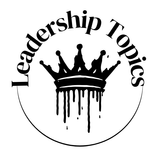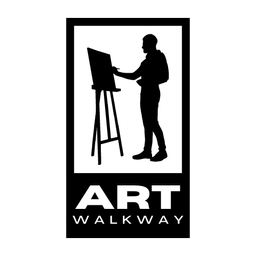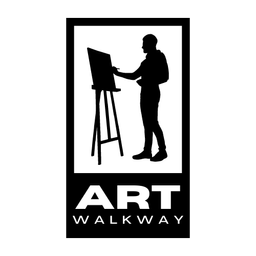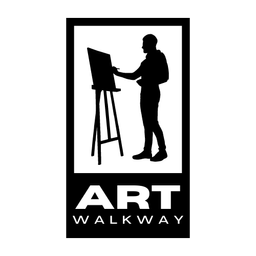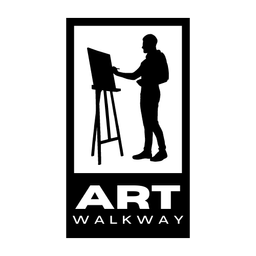How the Perfect Resume Can Help You Stand Out and Land Your Dream Job
Boost your job search success, and help you secure your dream job in a competitive market.

In today’s highly competitive job market, having a great resume is no longer just an advantage—it’s a necessity. Your resume is the first impression you make on potential employers, and it needs to effectively convey who you are, what you bring to the table, and why you're the perfect fit for the job. Crafting the perfect resume is more than listing your qualifications and experiences—it's about telling a story that positions you as the best candidate.
A well-crafted resume does more than just showcase your skills; it opens doors to opportunities, setting you apart in a sea of applicants. Here’s why the perfect resume is crucial to your job search success and how it can help you land the job you’ve been eyeing.
First Impressions Matter
Recruiters and hiring managers sift through hundreds of resumes for a single job opening, often spending less than 7 seconds on each one. In that short time, they decide if your resume is worth a second glance. If your resume doesn’t grab their attention immediately, you might miss the chance to showcase your potential.
A perfect resume ensures your qualifications are presented in a clear, concise, and compelling manner. From the format to the content, every element must be fine-tuned to captivate your audience from the get-go. A clean, modern layout with proper headings, bullet points, and spacing will help guide the reader's eye to the most important sections. But beyond the format, the content of your resume must be impactful, focusing on what matters most to the hiring manager.
Tailored for Every Role
One of the most common mistakes job seekers make is sending the same generic resume for every job application. A tailored resume shows that you’ve taken the time to align your experience and qualifications with the specific requirements of the job. It’s not about creating a brand-new resume for each role, but rather tweaking certain sections to match the skills and experiences most relevant to the job.
For instance, if you’re applying for a position in digital marketing, you’d want to emphasize your experience with SEO, social media campaigns, or Google Analytics. Tailoring your resume this way can significantly boost your chances of making it past the initial screening stage.
Showcasing Impact, Not Just Responsibilities
While it’s important to list your responsibilities at previous jobs, it’s even more crucial to show the impact you had. Hiring managers want to know not just what you did, but how well you did it. Did you increase sales by 20% in six months? Did you lead a project that saved your company $100,000? Quantifiable achievements stand out much more than generic job descriptions.
For example, instead of saying: “Managed marketing campaigns”,
say: “Led marketing campaigns that resulted in a 30% increase in brand awareness and a 15% growth in customer engagement within six months.”
Numbers speak volumes, and hiring managers love seeing proof of your success.
Highlighting Soft Skills
In addition to technical skills, soft skills are highly valued in today’s workplace. Traits like communication, teamwork, problem-solving, and leadership are key indicators of how well you will fit within a company’s culture. A perfect resume will find subtle ways to highlight these attributes.
For instance, instead of listing “communication” as a skill, show how you used it:
"Collaborated with cross-functional teams to develop a product launch strategy that resulted in a 25% increase in market penetration."
Keyword Optimization for Applicant Tracking Systems (ATS)
Before your resume reaches human eyes, it often has to pass through an Applicant Tracking System (ATS), which scans resumes for specific keywords that match the job description. If your resume doesn’t include enough of these keywords, it could be filtered out automatically, regardless of your qualifications.
To optimize for ATS, carefully read the job description and incorporate relevant keywords naturally into your resume. These could be specific skills, certifications, or even software that the job posting mentions. A well-optimized resume can dramatically increase your chances of making it to the next round of the hiring process.
Keeping It Concise
While it’s tempting to include every detail of your career, a perfect resume is concise. Hiring managers don’t have the time to read through long paragraphs. Stick to the most relevant information and use bullet points to make your resume easy to scan. Ideally, your resume should be no more than one or two pages, focusing on the last 10-15 years of your career (unless older experience is directly relevant to the role you're applying for).
How the Perfect Resume Can Open Doors
The job market is more competitive than ever, but the perfect resume can make all the difference in helping you stand out. It’s your marketing document—a tool that showcases your unique value and gets you in front of decision-makers.
By crafting a resume that highlights not only your technical skills but also your ability to make an impact, you’ll position yourself as the ideal candidate. Employers aren’t just looking for someone who can do the job; they’re looking for someone who can excel at it and bring added value to the team.
Invest the time to create a resume that’s tailored, impactful, and optimized for both humans and technology. In doing so, you'll significantly increase your chances of landing interviews and, ultimately, your dream job.
The Leadership Topics
ART Walkway Highlights
For the latest trends in the art world, visit our sister magazine for in-depth features and exclusive insights:




